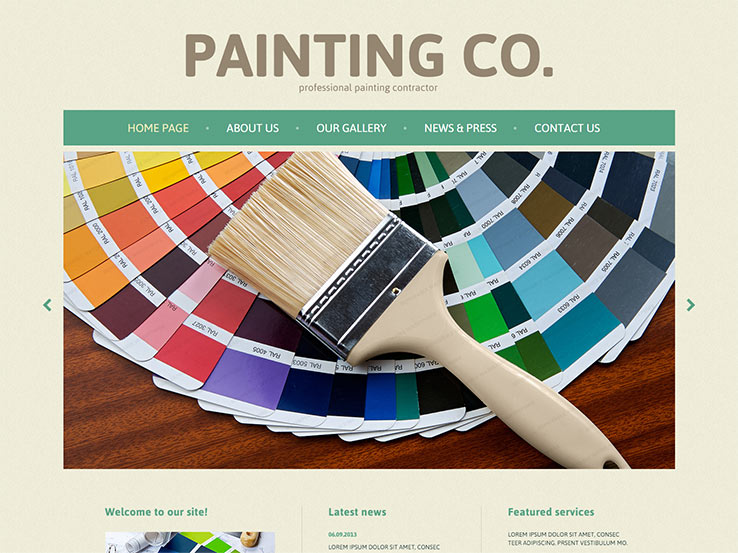Seasonal Factors To Consider For Industrial Outside Paint: What You Required To Know
Seasonal Factors To Consider For Industrial Outside Paint: What You Required To Know
Blog Article
painting services -Leach Whalen
When you're intending an industrial outside painting task, seasonal factors can make or break your outcomes. You'll intend to consider exactly how temperature and humidity effect paint application and drying times. Picking the right period can ensure your paint sticks correctly and lasts much longer. But which periods are really the very best for this kind of job? Let's check out the crucial elements that can influence your project's success.
The Influence of Temperature Level on Paint Application
When you're intending a business outside paint task, the temperature level can dramatically influence how well the paint sticks and dries.
Ideally, you intend to paint when temperature levels vary between 50 ° F and 85 ° F. If it's also cool, the paint might not treat properly, bring about issues like peeling off or splitting.
On the other side, if it's as well warm, the paint can dry also rapidly, protecting against correct bond and causing an uneven coating.
You must additionally think about the moment of day; early morning or late afternoon supplies cooler temperatures, which can be a lot more favorable.
Constantly inspect the maker's recommendations for the particular paint you're making use of, as they usually supply support on the ideal temperature array for optimum outcomes.
Humidity and Its Effect on Drying Times
Temperature level isn't the only environmental variable that influences your commercial outside paint task; humidity plays a considerable role as well. High moisture degrees can slow down drying out times drastically, impacting the overall quality of your paint work.
When the air is saturated with moisture, the paint takes longer to heal, which can lead to issues like bad bond and a greater threat of mildew development. If you're painting on a specifically damp day, be prepared for extended delay times in between layers.
It's crucial to keep track of neighborhood climate condition and plan as necessary. Preferably, go for humidity levels in between 40% and 70% for optimum drying.
Maintaining these consider mind guarantees your job remains on track and delivers an enduring finish.
Best Seasons for Commercial Exterior Painting Projects
What's the best season for your commercial exterior paint projects?
Spring and very early autumn are commonly your best bets. Throughout these periods, temperatures are light, and humidity levels are typically reduced, producing perfect conditions for paint application and drying.
Stay clear of summertime's intense heat, which can cause paint to dry too promptly, causing poor bond and finish. Likewise, winter season's cold temperatures can hinder proper drying out and treating, running the risk of the longevity of your paint job.
Aim for days with temperatures between 50 ° F and 85 ° F for optimal results. Remember to examine house painters forecast for rain, as damp problems can ruin your task.
Planning around these variables guarantees your paint project runs efficiently and lasts longer.
Conclusion
Finally, preparing your commercial outside paint tasks around seasonal considerations can make a significant difference in the end result. By scheduling job during the optimal temperatures and moisture degrees, you'll guarantee much better attachment and drying out times. Remember to keep an eye on neighborhood weather forecasts and select the right time of year-- springtime and early loss are your best bets. Taking these actions will help you accomplish a sturdy and specialist finish that lasts.
